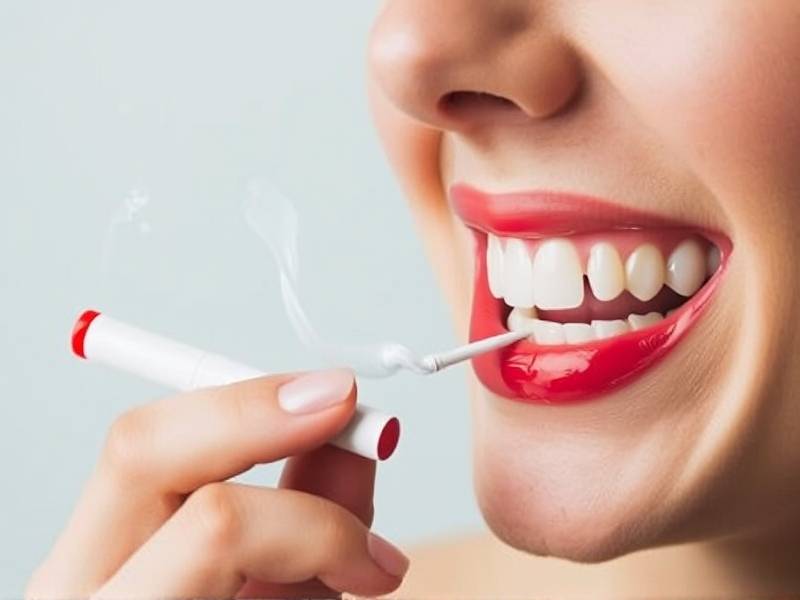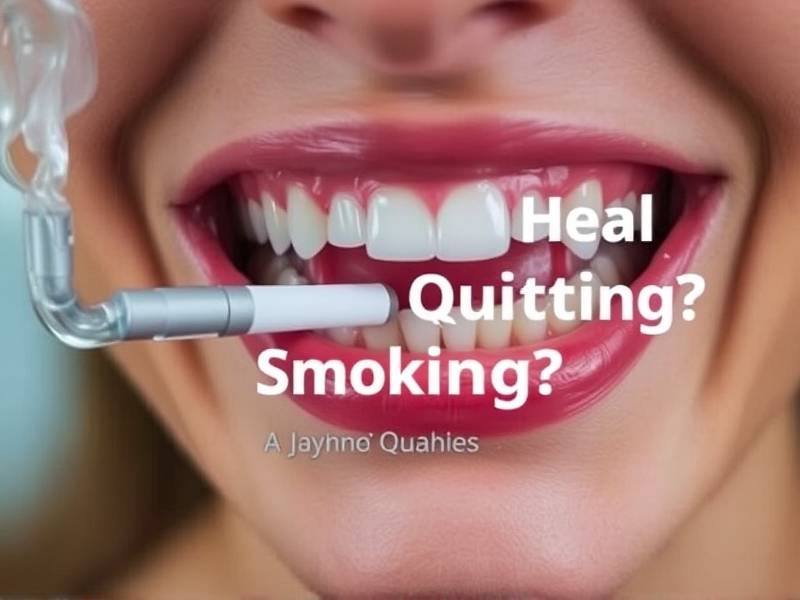Can Gums Heal After Quitting Smoking?
Introduction
Quitting smoking is a significant step towards improving overall health. Many smokers are aware of the dangers of smoking, but they may not be fully informed about the healing process of their gums after quitting. This article delves into the topic of gum healing post-cessation and provides insights into what to expect.
The Impact of Smoking on Gums
Smoking has been proven to have detrimental effects on oral health, particularly on the gums. The chemicals in tobacco can cause inflammation, bleeding, and even periodontal disease. These issues can lead to pain, tooth loss, and other complications.
Healing Process Post-Quitting Smoking
When a person stops smoking, their body begins to repair itself. The healing process for gums can vary from person to person, but there are some general observations that can be made.

Immediate Changes
Within the first few weeks after quitting smoking, many people notice an improvement in their gums. Redness and swelling may start to decrease as blood flow increases in the mouth area.

Long-Term Healing
Over time, continued abstinence from smoking can lead to more substantial gum healing. The following changes may occur:
- Reduced Inflammation: As inflammation decreases, gums will appear less red and puffy.
- Stabilization of Periodontal Tissues: Periodontal disease is characterized by a loss of bone and connective tissue around teeth. Quitting smoking can help stabilize these tissues.
- Improved Gum Color: With reduced inflammation and improved blood flow, gums may regain their natural color.
Factors Influencing Gum Healing
Several factors can influence how quickly or effectively gums heal after quitting smoking:
Age
Younger individuals often heal faster than older adults due to increased cellular turnover rates.
Overall Health
People with good overall health tend to heal more quickly than those with chronic conditions or weakened immune systems.
Smoking Habits
The duration and intensity of a person's smoking habit can impact gum healing. Those who smoked heavily for many years may experience longer healing times.
Professional Care
Regular dental check-ups and professional cleanings can accelerate the healing process by removing built-up tartar and plaque that contribute to gum disease.
Conclusion
In conclusion, quitting smoking is an essential step toward improving oral health and promoting gum healing. While the process varies from person to person, most individuals experience improvements in gum health within a few weeks or months after quitting. It's crucial for smokers who want to quit to consult with healthcare professionals for personalized advice on how best to achieve this goal. Remember that your journey towards better oral health begins with a single step – taking that first step away from tobacco products!
